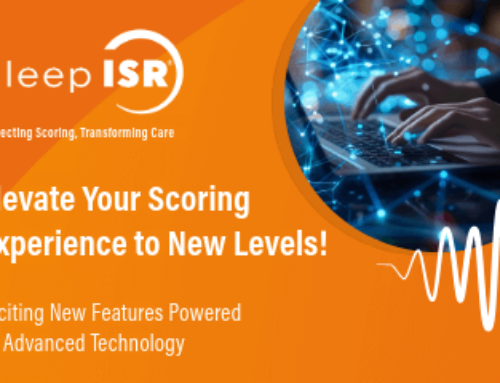WESTCHESTER, Ill. –The phase of clock gene expression in leukocytes, assessed in the absence of the masking effects of light-dark and sleep-wake cycles, correlates with habitual sleep timing, according to a study published in the May 1 issue of the journal SLEEP.
The study, authored by Simon N. Archer, PhD, of the University of Surrey in Guildford, England, and colleagues, focused on 24 healthy subjects in a home environment and clinical research center setting. Blood sampling was provided every hour during an approximate 40-hour constant routine in the absence of a sleep-wake cycle. Actigraphy and sleep diaries were used to characterize sleep timing.
“We have very accurately measured the circadian oscillations in genetic markers of a peripheral circadian clock in human leukocytes,” said Dr. Archer. “We have done this in controlled, constant routine conditions in the absence of masking sleep/wake activity. We have shown significant correlations between the oscillations of these clock genes and hormone rhythms and sleep/wake cycles within individuals. Moreover, we have compared individuals with differences in the clock gene PER3, and find that these individuals also show differences in these correlations. This study is important because it shows for the first time that the timing of a human peripheral clock correlates with hormonal circadian markers and sleep/wake activity. It also shows that a polymorphism within a clock gene can affect these timing correlations.”
Experts recommend that adults get between seven and eight hours of nightly sleep.
The American Academy of Sleep Medicine (AASM) offers the following tips on how to get a good night’s sleep:
- Follow a consistent bedtime routine.
- Establish a relaxing setting at bedtime.
- Get a full night’s sleep every night.
- Avoid foods or drinks that contain caffeine, as well as any medicine that has a stimulant, prior to bedtime.
- Do not bring your worries to bed with you.
- Do not go to bed hungry, but don’t eat a big meal before bedtime either.
- Avoid any rigorous exercise within six hours of your bedtime.
- Make your bedroom quiet, dark and a little bit cool.
- Get up at the same time every morning.
Those who suspect that they might be suffering from a sleep disorder are encouraged to consult with their primary care physician or a sleep specialist.
SLEEP is the official journal of the Associated Professional Sleep Societies, LLC, a joint venture of the AASM and the Sleep Research Society.
SleepEducation.com, a patient education Web site created by the AASM, provides information about various sleep disorders, the forms of treatment available, recent news on the topic of sleep, sleep studies that have been conducted and a listing of sleep facilities.
For a copy of this article, entitled, “Inter-Individual Differences in Habitual Sleep Timing and Entrained Phase of Endogenous Circadian Rhythms of BMAL1, PER2 and PER3 mRNA in Human Leukocytes,” or to arrange an interview with an AASM spokesperson regarding this study, please contact Jim Arcuri, public relations coordinator, at (708) 492-0930, ext. 9317, or jarcuri@aasm.org.
SLEEP 2008, the 22nd Annual Meeting of the Associated Professional Sleep Societies and the world’s largest annual gathering of sleep scientists and sleep medicine professionals, will take place in Baltimore, Maryland, from June 9-12, 2008. SLEEP 2008 will bring together an international body of 5,000 leading researchers and clinicians, who will present and discuss over 1,100 new findings and medical developments related to sleep and sleep disorders. The deadline to register is Friday, May 30, 2008. Contact Jim Arcuri at (708) 492-0930, ext. 9317, or jarcuri@aasm.org for more information or to register for a free press pass. More details, including the program schedule and a list of invited lecturers, are available at www.SleepMeeting.org.
# # #




